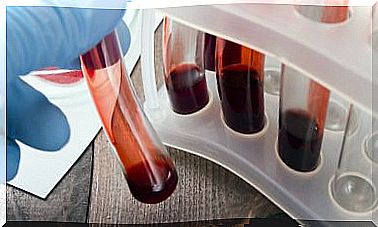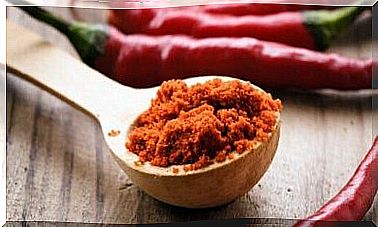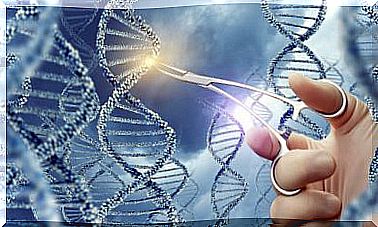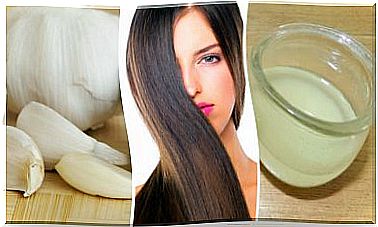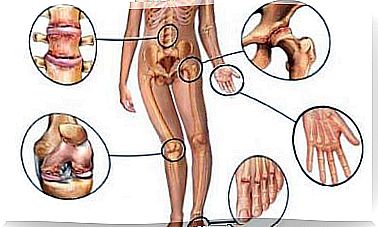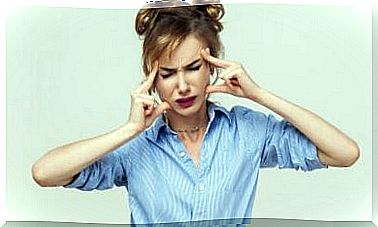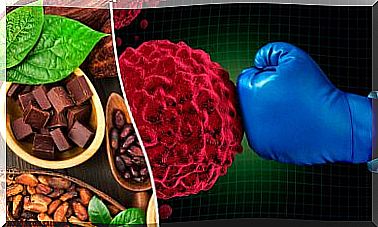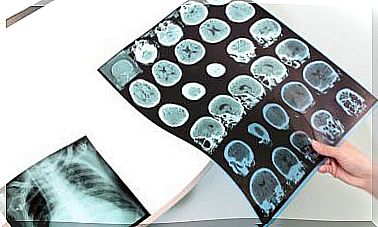Cervical Spondylosis: Symptoms And Natural Treatments
One of the causes of neck pain is cervical spondylosis. It is a disorder in which there is a wear of two elements of the spinal column in particular: the cartilage and the bones of the neck.
The cervicals are made up of a set of vertebrae whose balance and resistance can be affected by different factors such as aging, poor posture, sudden movements and osteoarthritis.
Below we will tell you more about this musculoskeletal condition and what you can do at home to alleviate it.
Cervical spondylosis: what is it and how is it presented?
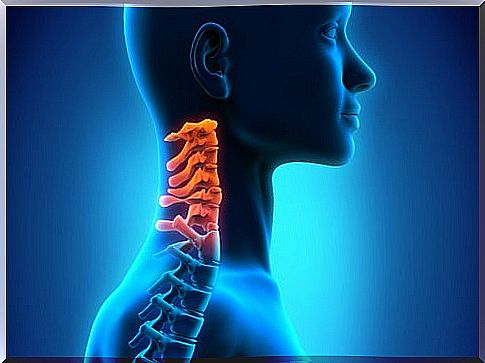
According to Dr. Rubin, “Cervical spondylosis is a degeneration of the neck bones (vertebrae) and intervertebral discs, which puts pressure on the spinal cord (compresses it) in the neck area.” Hence, such a painful condition results.
It is generally considered that degeneration usually has an imperceptible onset around the age of 40. Therefore, it is common in people older than 50-55 years.
It should be noted that the intensity of symptoms does not always correlate with what is seen in imaging studies. In fact, there are many patients over 60 years of age who do not have symptoms and in whom radiological signs are a finding.
On the other hand, pain does not always extend to the arm, it is not a situation that always occurs, it can be clarified by adding that this situation can sometimes occur and that it indicates affection of an area near a nerve.
Causes
As curious as it may seem, the origin of cervical spondylosis is not in the wear of the vertebrae or in the cartilage of this area of the neck. The root of the problem stems from a degeneration of the articular discs themselves. Elasticity is lost by not having water to hydrate them, to keep them strong and flexible.
As we have pointed out before, it is common for cervical spondylosis to appear as we get older. However, there are children and young people suffering from arthritis who also have this type of associated condition.
This lack of “hydration” causes a crushing or collapse in the spaces of the discs. As pressure increases, the joints degenerate, rub, and cause pain and swelling. So the stiff neck can lead to dizziness and nausea.
On the other hand, if cervical spondylosis becomes chronic, a lump or osteophyte may appear . This growth oppresses the space where the nerves of this area are, with which, the pain intensifies even more.
Symptoms
- The most obvious symptom is neck pain and stiffness : driving, reading, or even lowering the head to read the messages on the mobile phone can cause certain cervical “jerks” or dizziness.
- In some cases, this pain extends to the extremities due to proximity to a nerve : it is common to experience some numbness and weakness in the arms, hands, fingers …
- Headache also appears.
- Another particular detail is listening to certain internal “sounds”. As if something “crackled” on our neck.
How to relieve cervical spondylosis?
According to Dr. Rubin, treatment for cervical spondylosis consists of non-steroidal anti-inflammatory drugs, muscle relaxant (for spasms). Only in some cases is surgery used.
Additionally, Medline Plus experts indicate that cognitive behavioral therapy may be helpful if pain has greatly impaired well-being.
If left untreated, cervical spondylosis can worsen and affect a person’s quality of life. Therefore, medical care and support from the physical therapist is essential. Additionally, it will be necessary to take care of postural hygiene.
Hot-cold technique
A simple technique to reduce the pain associated with cervical spondylosis is to apply hot and cold compresses to the area.
- You should apply them alternately on the neck and shoulders.
- Hot compresses improve blood circulation and relax muscles.
- Meanwhile, cold compresses help reduce the inflammation and swelling.
- Also point out that if you have a very inflamed neck area, you should avoid hot compresses.
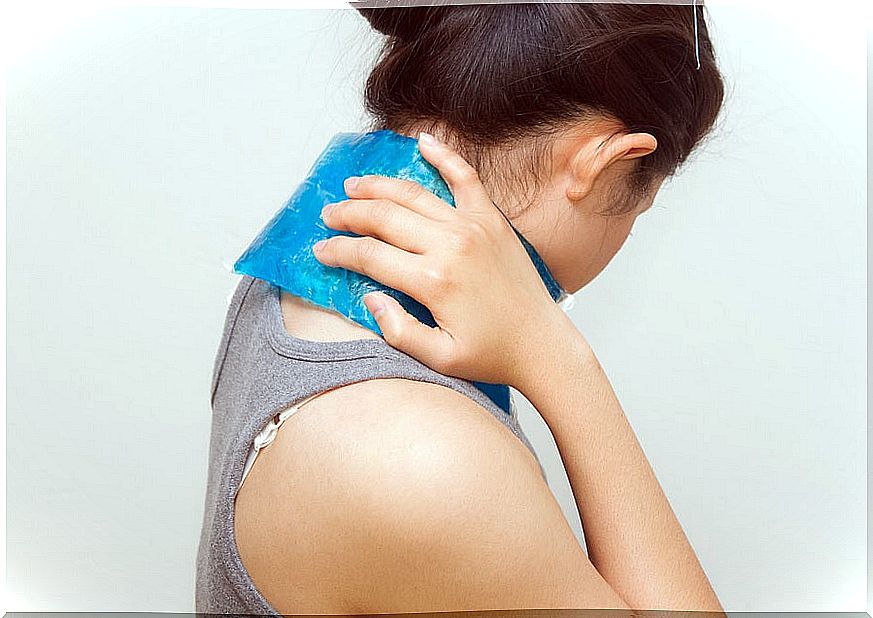
Gentle exercise and a good diet
First of all, we must tell the doctor or the physiotherapist what exercise options we can practice. However, it is necessary to keep the spine moving. And, specifically, that area between the neck and shoulders.
Walking, practicing yoga or swimming are three of the most indicated exercises to improve the quality of life in case of cervical spondylosis.
With regard to food, it would be convenient to include various mineral sources. For example, sesame seeds contain calcium, manganese, magnesium, zinc, and copper, which are minerals that contribute to bone, muscle, and joint health.
Including them in the diet (in salads and smoothies) can be a healthy way to complement and vary it, while obtaining nutrients to maintain the flexibility of the joints.
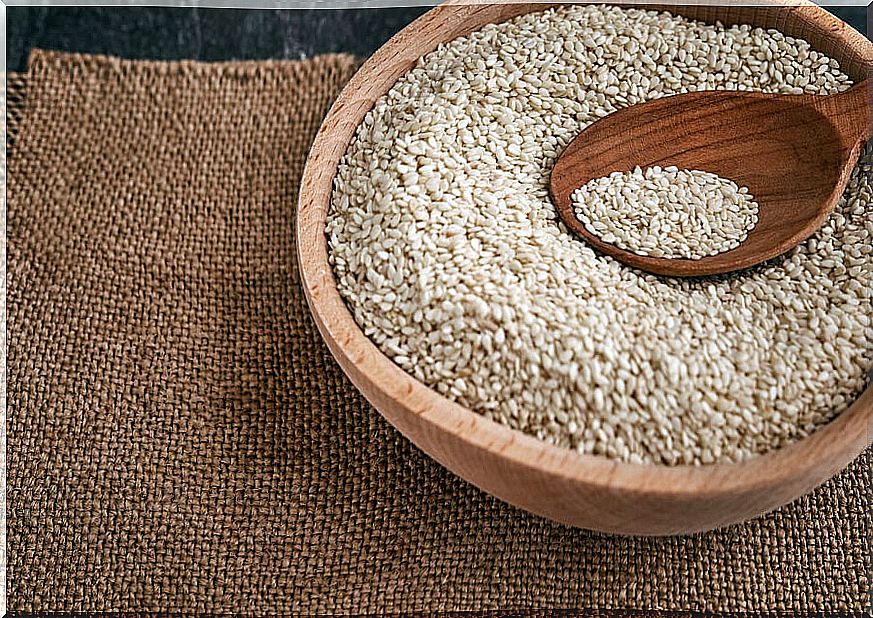
Some say that it is also advisable to massage with warm sesame oil on the painful area, using circular movements on the nape, neck and shoulders.
In short, following all the doctor’s instructions and maintaining a healthy lifestyle is essential to prevent this condition from becoming chronic and seriously damaging the quality of life.
